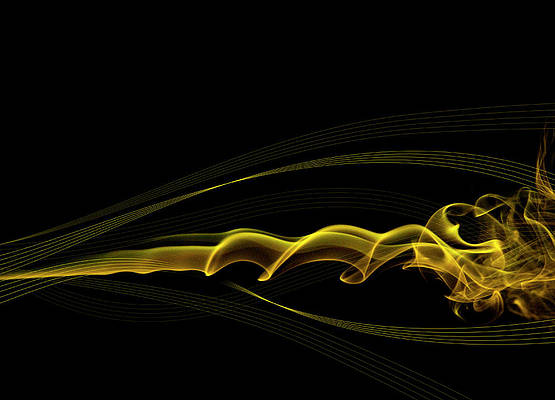The get2DigitYearStart() Method of SimpleDateFormat class is used to return the start of 100 year period that was set during parsing or set2DigitYearStart() method. It returns the beginning date of the 100-year period 2-digit years those are interpreted as being set within the Date.
Syntax:
public Date get2DigitYearStart()
Parameters: The method does not take any parameters.
Return Value: The method returns the beginning date of the 100-year period 2-digit years those are interpreted as being set within the Date
Below programs illustrate the working of get2DigitYearStart() Method of SimpleDateFormat:
Example 1:
Java
// Java code to illustrate// get2DigitYearStart() methodimport java.text.*;import java.util.Calendar;public class SimpleDateFormat_Demo { public static void main(String[] args) throws InterruptedException { SimpleDateFormat dt = new SimpleDateFormat("MM/ dd/ yy"); try { Calendar cal = Calendar.getInstance(); cal.setTime(dt.parse("01/ 28/ 19")); System.out.println("The Starting Time: " + cal.getTime()); // Setting 1916 instead of 2016 // Using set2DigitYearStart() method dt.set2DigitYearStart( dt.parse("01/ 01/ 1900")); cal.setTime(dt.parse("05/ 12/ 17")); System.out.println("The New Time: " + cal.getTime()); // Use of get2DigitYearStart() method // to check start year cal.setTime(dt.get2DigitYearStart()); System.out.println("The start Year: " + cal.get(Calendar.YEAR)); } catch (ParseException except) { except.printStackTrace(); } }} |
The Starting Time: Mon Jan 28 00:00:00 UTC 2019 The New Time: Sat May 12 00:00:00 UTC 1917 The start Year: 1900
Example 2:
Java
// Java code to illustrate// get2DigitYearStart() methodimport java.text.*;import java.util.Calendar;public class SimpleDateFormat_Demo { public static void main(String[] args) throws InterruptedException { SimpleDateFormat dt = new SimpleDateFormat("MM/ dd/ yy"); try { Calendar cal = Calendar.getInstance(); cal.setTime(dt.parse("01/ 28/ 19")); System.out.println("The Starting Time: " + cal.getTime()); // Setting 1916 instead of 2016 // Using set2DigitYearStart() method dt.set2DigitYearStart( dt.parse("01/ 01/ 2000")); cal.setTime(dt.parse("05/ 12/ 17")); System.out.println("The New Time: " + cal.getTime()); // Use of get2DigitYearStart() method // to check start year cal.setTime(dt.get2DigitYearStart()); System.out.println("The start Year: " + cal.get(Calendar.YEAR)); } catch (ParseException except) { except.printStackTrace(); } }} |
The Starting Time: Mon Jan 28 00:00:00 UTC 2019 The New Time: Fri May 12 00:00:00 UTC 2017 The start Year: 2000

